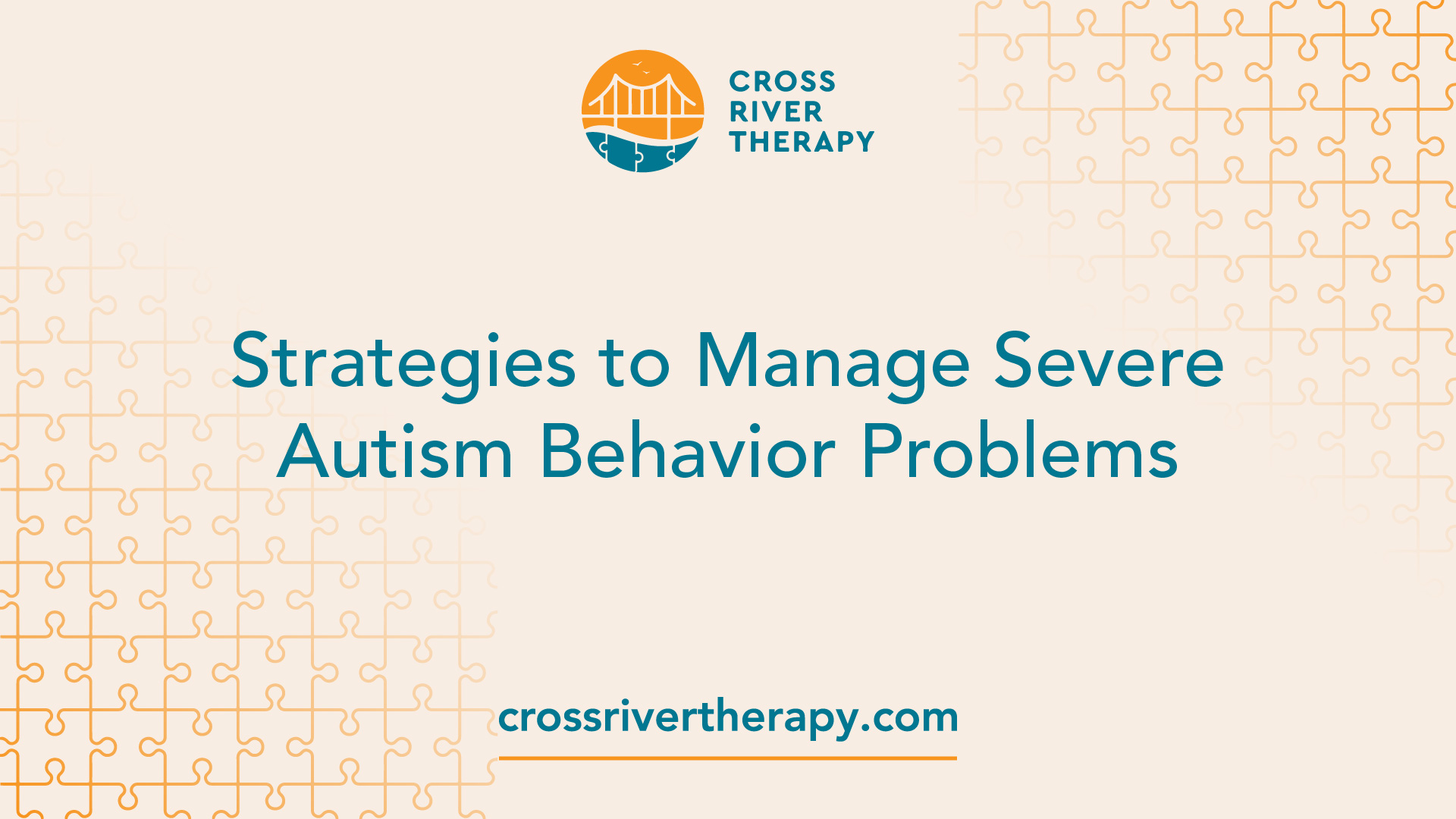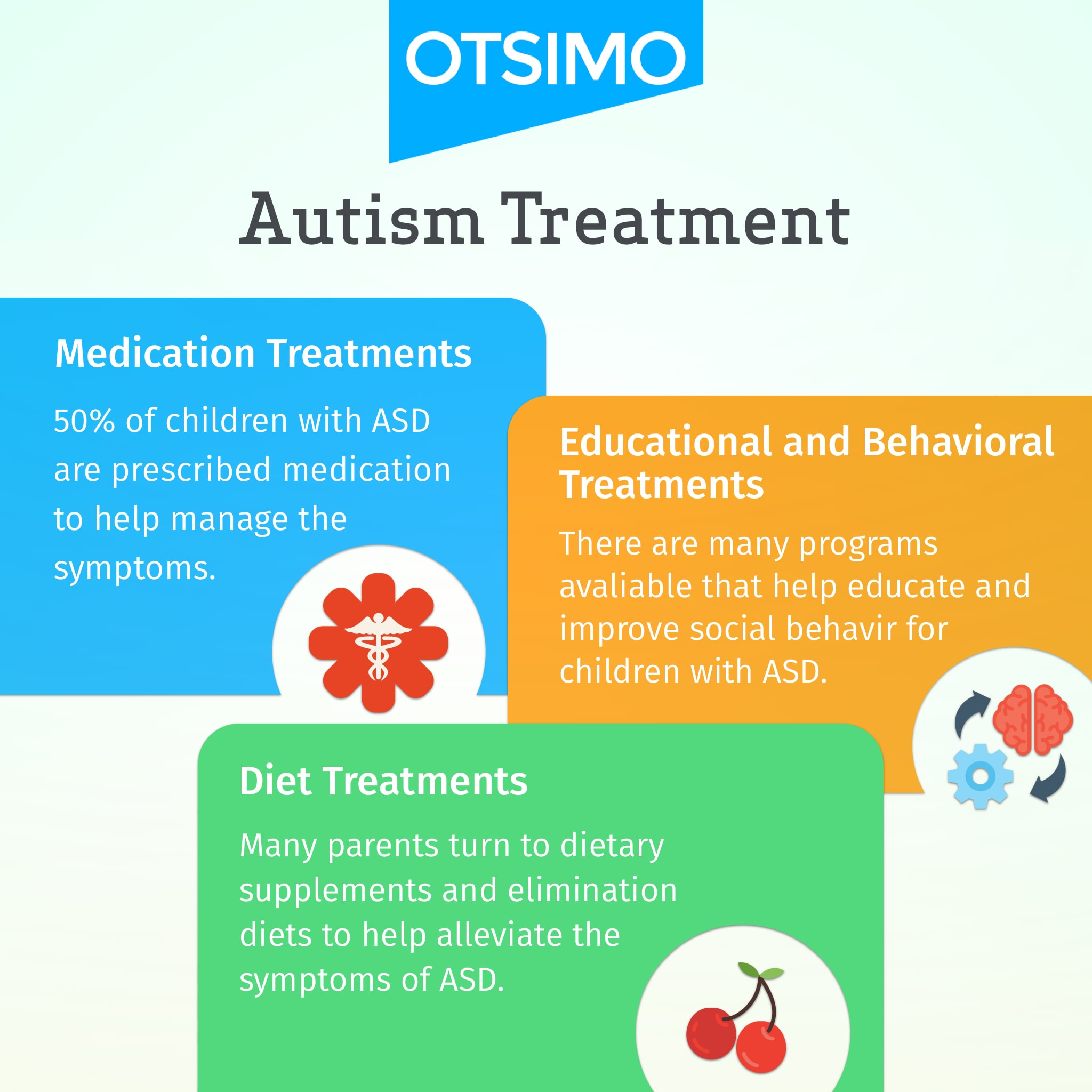Can Autism Spectrum Therapies support developing independence in teens with ASD?
Can Autism Spectrum Therapies support developing independence in teens with ASD?
Blog Article
Comprehending the Impact of Behavioral Autism on Life and Social Interactions
You could not understand just how deeply behavior autism affects life and social communications. Individuals on the range commonly navigate a globe loaded with interaction hurdles and sensory overload. These challenges can result in irritation and isolation, impacting their relationships and total wellness. Comprehending these subtleties is essential for fostering encouraging environments. What approaches can we carry out to produce even more significant connections and inclusive areas? The solutions might amaze you.
Defining Behavioral Autism and Its Characteristics
Behavioral autism, typically referred to as autism range condition (ASD), encompasses a variety of conditions defined by challenges in social communication, interaction, and repetitive actions. You may notice that people with ASD frequently have a hard time to translate social signs, which can lead to misunderstandings in conversations. They might find it difficult to establish eye call or participate in small talk, making social scenarios really feel overwhelming.
Communication difficulties can show up in numerous means, from delayed speech growth to a preference for using less words. Recurring actions, such as hand-flapping or rocking, can work as coping devices to manage anxiety or sensory overload. These qualities can profoundly affect life, making it crucial for you to comprehend and sustain those with ASD. By acknowledging these attributes, you can foster an environment that advertises acceptance and encourages effective interaction, helping individuals with autism flourish in their daily interactions.
The Spectrum of Autism: Recognizing Irregularity in Habits
Autism range problem (ASD) isn't a one-size-fits-all diagnosis; it differs commonly among individuals. You may discover that some individuals with ASD display moderate symptoms, while others might encounter a lot more significant challenges. This variability can materialize in behaviors, interests, and sensory level of sensitivities. You may encounter individuals that are highly spoken and engage quickly in conversations, while others could favor singular activities or communicate non-verbally.
Additionally, the means individuals with ASD respond to sensory input can differ substantially; some may be overwhelmed by intense lights or loud sounds, whereas others grow in stimulating atmospheres. The range also consists of distinctions in social communications; some people might struggle to analyze social hints, while others navigate social setups with relative convenience. Comprehending this variability is vital, as it helps you appreciate each person's distinct experience and tailor assistance to their certain needs, promoting a more comprehensive environment for everybody.
Interaction Challenges Encountered by Individuals With Autism
When you connect with people on the autism range, you might discover their one-of-a-kind interaction difficulties. They typically face problems with both spoken and nonverbal signs, which can influence their social communications. Comprehending these barriers is crucial for fostering better links and support.

Verbal Interaction Troubles
Numerous people on the autism spectrum experience spoken interaction troubles that can considerably impact their daily interactions. Your quantity, rate, or tone could not align with social expectations, creating others to misinterpret your objectives. Acknowledging these obstacles can aid you and your assistance network create approaches to enhance communication and foster far better links with others in your everyday life.
Nonverbal Communication Barriers
Verbal interaction isn't the only challenge people on the autism spectrum face; nonverbal communication obstacles can be equally as significant. You might locate it difficult to translate body language, faces, and eye get in touch with, which are important for effective interaction. These obstacles can lead to misconceptions or misconceptions of social cues, making interactions feel complex or frustrating. You might battle to reveal your own emotions with nonverbal means, leaving others uncertain of your feelings or intents. This separate can produce sensations of isolation and frustration. Identifying these barriers is crucial for promoting understanding and empathy in your communications. By addressing nonverbal communication, you can find techniques to enhance your social experiences and improve your total quality of life.
Social Communication Influences
Social communications can commonly feel overwhelming due to the distinct communication difficulties dealt with by individuals with autism. Recognizing these difficulties can help you locate methods to improve communication, such as exercising social skills in risk-free settings or using visual aids. Understanding your demands permits you to browse social interactions with greater self-confidence and convenience.
Social Interaction and Connection Building in Autism
While structure connections can be testing for people with autism, understanding their special point of views and interaction designs can promote purposeful connections. You might notice that lots of individuals on the spectrum prefer straight interaction and might fight with social cues or small talk. By being straightforward in your communications, you can help produce an atmosphere where they feel comfy.
Make the effort to observe and pay attention exactly how they reveal themselves. This insight can guide you in guiding discussions better. Involving in shared rate of interests can likewise act as a bridge to deeper links. Whether it's a leisure activity, a preferred program, or a mutual enthusiasm, these common threads can open doors to relationship.
Life Routine: Navigating Obstacles and Methods
Maneuvering day-to-day live routines can be specifically testing for individuals with autism, especially when unanticipated adjustments occur. You may find convenience in having an organized routine, as it aids you anticipate what's next. It's regular to feel anxious or overloaded when disturbances happen. To browse these challenges, consider carrying out visual timetables or checklists. These devices can give clarity and reassurance.
Establishing a regimen that consists of sensory breaks can also be useful. This helps develop an understanding atmosphere.
Last but not least, technique mindfulness methods to handle stress and anxiety and anxiety. Easy breathing exercises or basing methods can make a significant distinction. By including these approaches, you can enhance your day-to-day regimen and minimize interruptions, making life feel much more convenient.
Staminas and Capabilities of Individuals on the Autism Spectrum
Understanding everyday life routines is simply one aspect of the autism experience. Many people on web link the autism spectrum have exceptional strengths and abilities that set them apart. You might discover that your focus to information is phenomenal, allowing you to master tasks that call for precision and focus. Your ability to think outside the box can result in cutting-edge remedies in different circumstances.
Moreover, your memory abilities frequently beam, particularly in locations of rate of interest. Autism Spectrum Therapies. This flair for maintaining details can make you a useful resource in areas like innovation, science, or art. You may additionally show solid aesthetic thinking, enabling you to imagine complex concepts and resolve troubles creatively
Additionally, your distinct point of view on the globe can foster empathy and understanding in others, improving social interactions. Embracing these strengths not only enhances your self-confidence yet also helps others appreciate the varied talents you bring to the table.
Creating Comprehensive Environments for People With Autism
Developing inclusive settings for individuals with autism begins with designing sensory-friendly areas that deal with their one-of-a-kind needs. You can also cultivate chances for social interaction, assisting to build links and relationships. By making these modifications, you'll add to a much more welcoming environment for everybody.
Designing Sensory-Friendly Spaces
While developing sensory-friendly spaces, it's essential to assess the one-of-a-kind requirements of people with autism. Start by picking soothing colors and soft illumination to develop a comforting atmosphere. Incorporate silent areas where individuals can pull back and charge when bewildered. You'll desire to reduce loud sounds and interruptions, making use of soundproof materials or white sound devices to assist preserve peace. Take into consideration tactile aspects like soft textiles or fidget-friendly items that can give comfort. Identify that rooms are flexible, enabling for very easy reformation to suit various activities. Ultimately, include aesthetic schedules or clear signs to help people navigate the room confidently. By thoughtfully integrating these components, you can develop an inviting ambience that sustains sensory demands and promotes total wellness.
Advertising Social Interaction Opportunities
Designing sensory-friendly areas not just addresses private convenience but likewise establishes the stage for significant social interactions amongst people with autism. To promote these interactions, create comprehensive settings that invite participation. Arrange structured activities, like art courses or team video games, that motivate cooperation without frustrating sensory input. Usage aesthetic help and clear interaction to help every person check my blog engage pleasantly. Urge peer mentoring, combining individuals with autism with supportive peers who can direct them with social scenarios. Furthermore, consider holding regular community occasions that commemorate neurodiversity, fostering approval and understanding among all participants. By implementing these approaches, you can enhance social possibilities, helping people with autism construct friendships and reinforce their social skills in a risk-free, inviting atmosphere.

Often Asked Concerns
Just How Can Buddies Assistance A Person With Behavioral Autism?
You can support a close friend with behavior autism by holding your horses, listening proactively, and valuing their borders. Participate in tasks they take pleasure in, communicate honestly, and create a comfy environment where they feel valued and understood.
What Resources Are Readily Available for Parents of Kid With Autism?
You can discover different resources for moms and dads of kids with autism, consisting of assistance teams, educational internet sites, and local social work. Getting in touch with various other parents can additionally give useful understandings and shared experiences to help navigate obstacles.
Can Behavioral Autism Change Gradually?

Yes, behavior autism can change with time. You might notice changes in interaction, social abilities, and actions as your youngster grows. Early intervention and support frequently play important functions in these developmental adjustments.
Exactly How Do Sensory Sensitivities Impact Day-to-day Live?
Sensory level of sensitivities can make everyday experiences frustrating. You might battle with loud sounds or brilliant lights, bring about tension or evasion. Discovering atmospheres that fit your demands can substantially improve your convenience and overall life.
What Prevail Misconceptions Regarding Behavioral Autism?
You may think behavioral autism only affects interaction skills, but it's more complicated. Several presume individuals lack empathy or knowledge, which isn't true. Comprehending these mistaken beliefs assists foster approval and support for those on the spectrum.
Behavior autism, commonly referred to as autism range problem (ASD), incorporates an array of problems defined by difficulties in social communication, communication, and repetitive habits.Social interactions can frequently feel overwhelming due to the special communication difficulties encountered by individuals with autism.Creating sensory-friendly rooms not just addresses private convenience yet my review here likewise sets the phase for purposeful social communications among people with autism. Motivate peer mentoring, combining people with autism with supportive peers that can direct them through social scenarios. By executing these techniques, you can enhance social chances, assisting people with autism develop relationships and strengthen their social abilities in a safe, welcoming setting.
Report this page